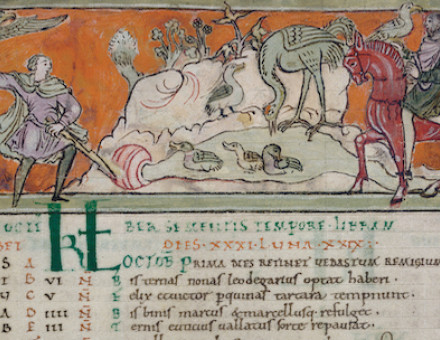The Small Gardens of Pompeii
Wilhelmina F. Jashemski visists the heart of the Pompeian house: the garden. While some gardens were splendid and spacious, others were crammed into minute courtyards “no larger than a professor's desk,” but rich with flowers and enclosed by painted walls.
Among the peoples of history known for their love of gardens the ancient Romans have an important place. From earliest times the garden played a basic role in Roman life, for the hortus, or kitchen garden, formed a significant part of the primitive heredium, or family estate. As Rome grew, it eventually became a city famed for beautiful pleasure gardens—luxurious estates that were referred to as horti.
Lucullus, the conqueror of Mithridates, decorated the gardens he laid out on the Pincian hill with statues that he had collected during his campaigns. The victorious general, Pompey, after his return from the Orient, built elaborate gardens on the Campus Martius. Caesar entertained Cleopatra in his famous gardens on the right bank of the Tiber, and in his will bequeathed them to the Roman people. With the establishment of the Empire, such gardens became the prized possessions of the ruling monarch. By the end of the first century of the Christian era, Rome was encircled with pleasure gardens.





